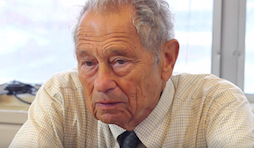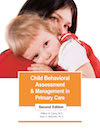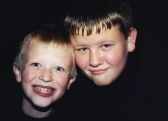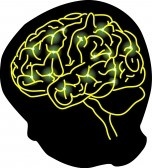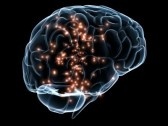
Searching for the biological basis of behavior.
How does temperament relate to psychophysiology?
A number of researchers have studied the neurological and physiological bases for temperament-related behavior. One of the first was Jerome Kagan who investigated the temperament dimension of behavioral inhibition by measuring changes in heart rate when infants were exposed to various stimuli or situational conditions. Kagan and his associates sorted children into "inhibited" and "uninhibited" children based on temperament assessment, then compared the results of their changes in heart rate. He concluded that certain areas of the brain, primarily the amygdala, were important centers in the expression and regulation of behavioral inhibition.
Researchers have also focused on other physiologic measures such as hydrocortisol levels and related these to social behavior in childhood. Megan Gunnar at the University of Minnesota conducted a number of studies showing that taking samples of saliva and correlating hydrocortisol levels with behavioral 'challenges' seemed to establish that levels of this 'stress hormone' may influence temperament and related social behavior.
Other researchers such as Nathan Fox at the University of Maryland have used EEGs of the brain to assess the relationship between brainwave patterns and differences in temperament. His studies of frontal activation asymmetry established some brain-behavior linkages.
Recently, a study by psychiatrist Carl Schwartz at Harvard University followed up a group of "inhibited" toddlers (from a previous study by Cynthia Garcia-Coll) in pre-adolescence. He determined that a fully one-third of the inhibited group met the psychiatric criteria for Social Anxiety Disorder 10+ years later, while the virtually none of the uninhibited youngsters did. This suggests that early inhibition may play a powerful role in affecting social and behavioral adjustment years later. Neuroimaging on a smaller sample group suggested that a hyperreactive amygdala, in conjunction with failure of the prefrontal cortex to regulate it, may eventually lead to the disorder.



